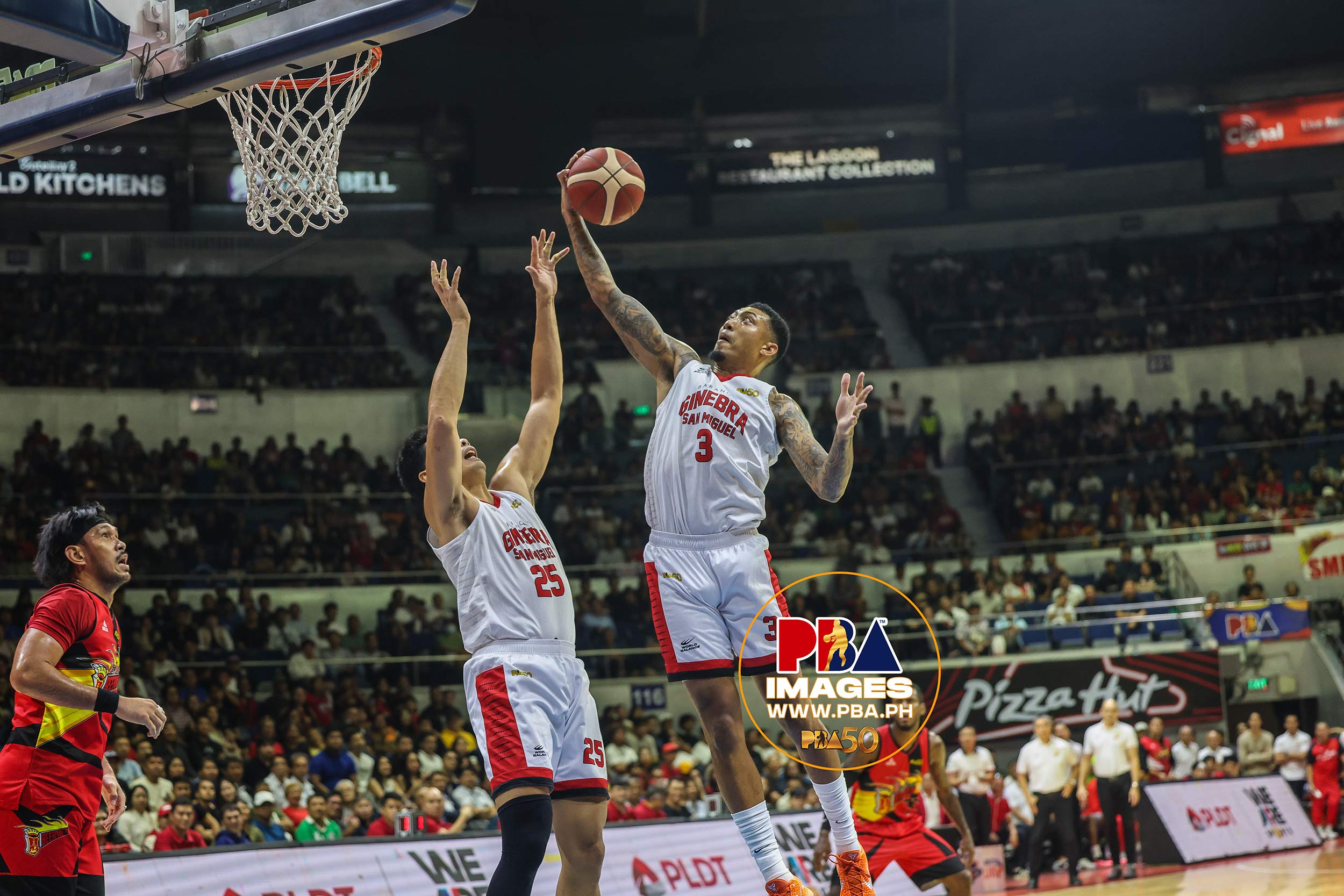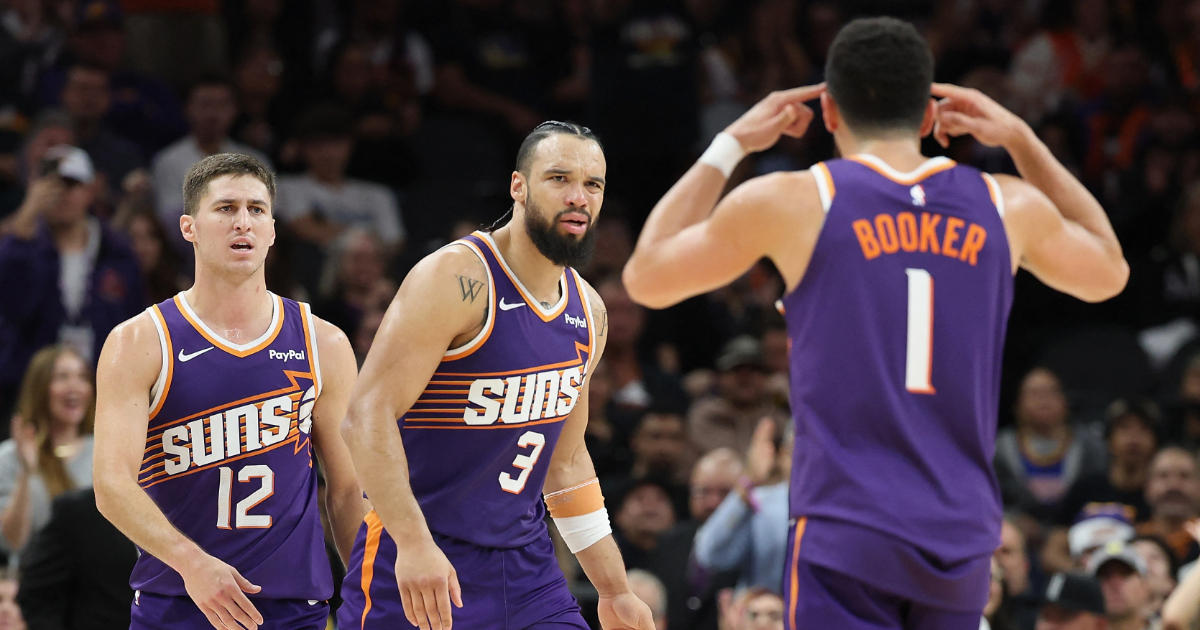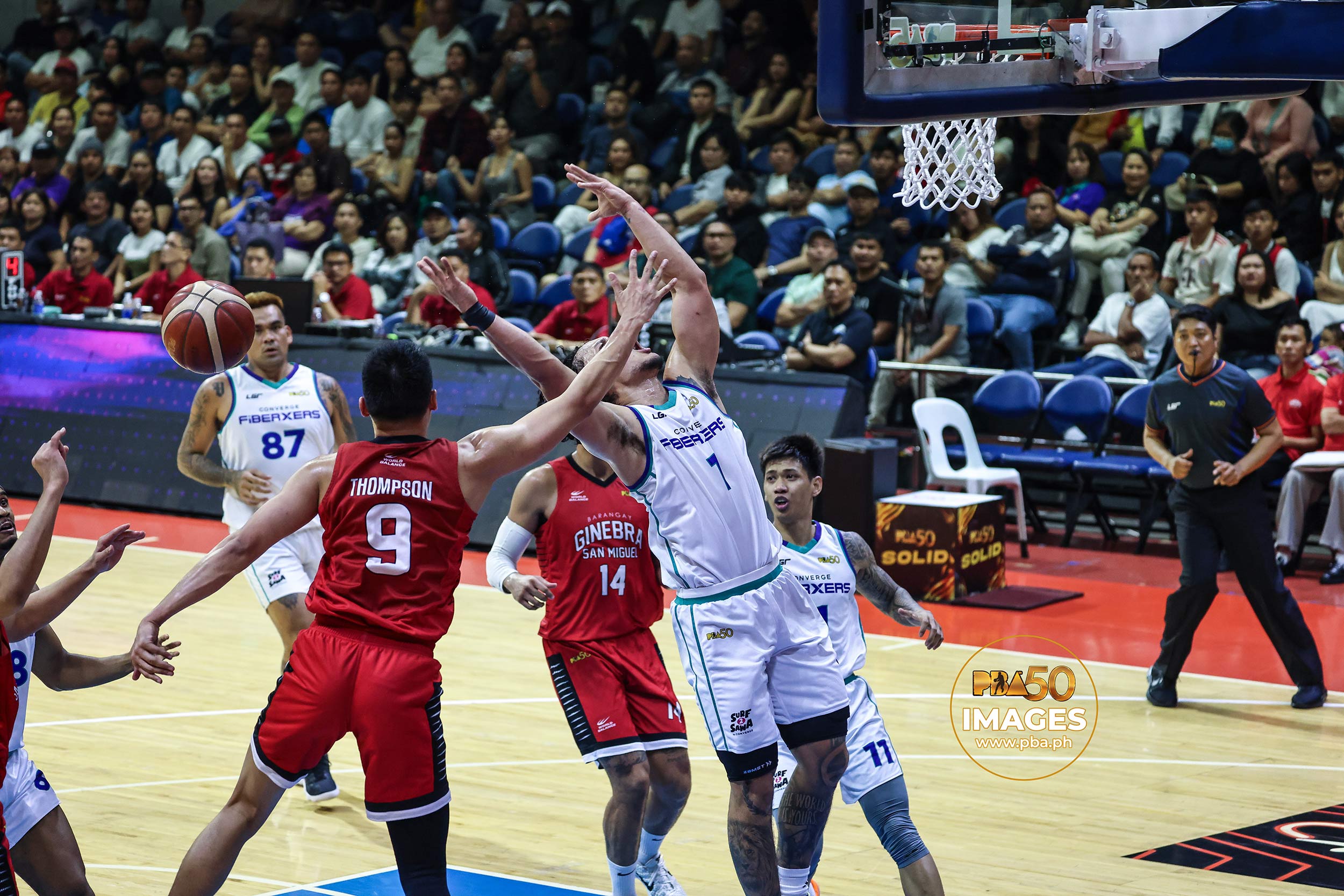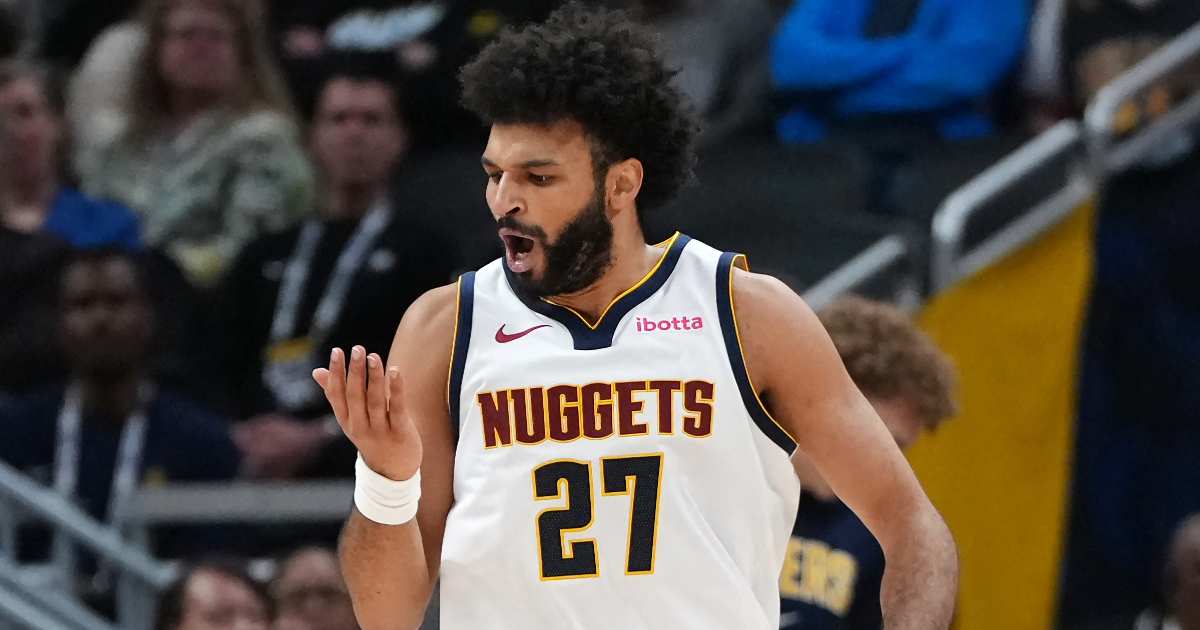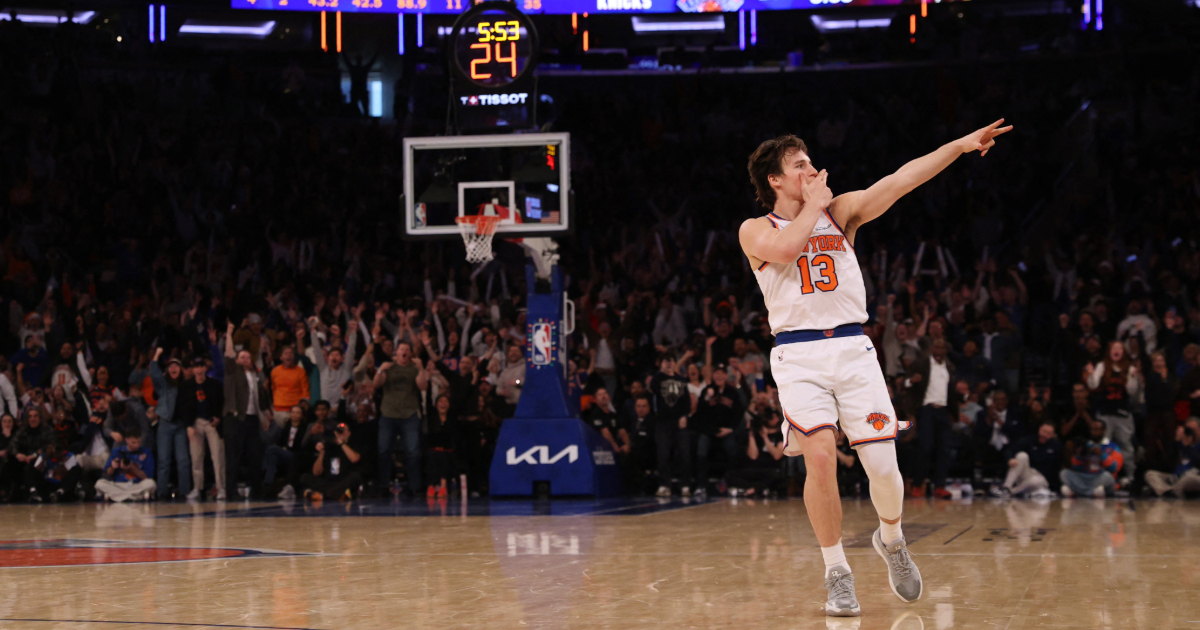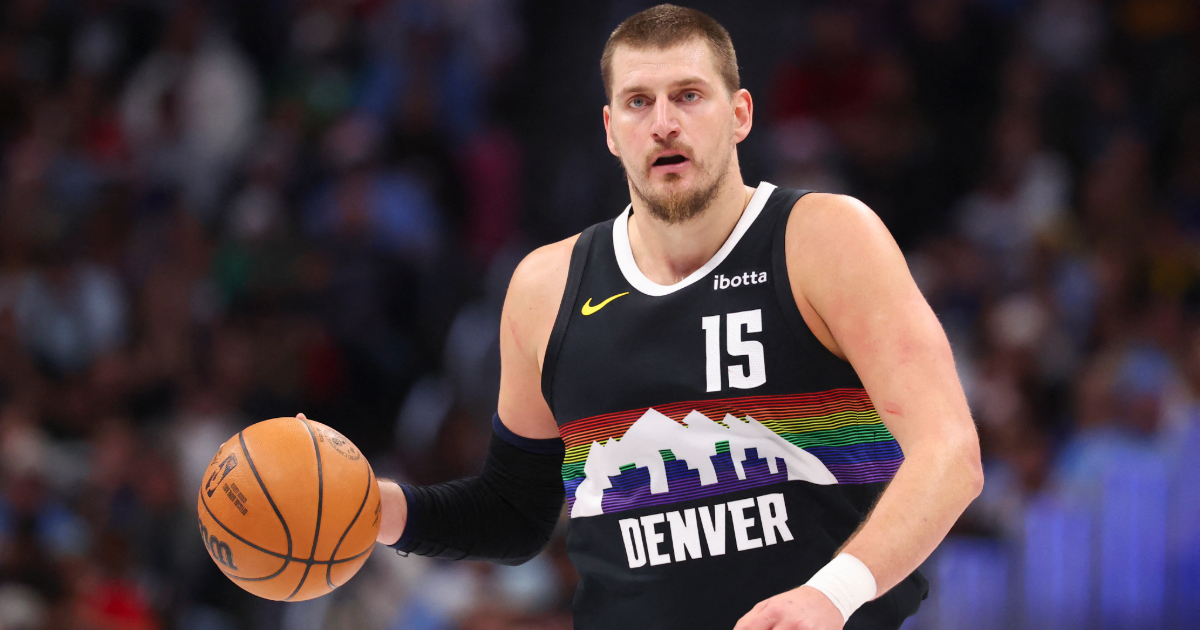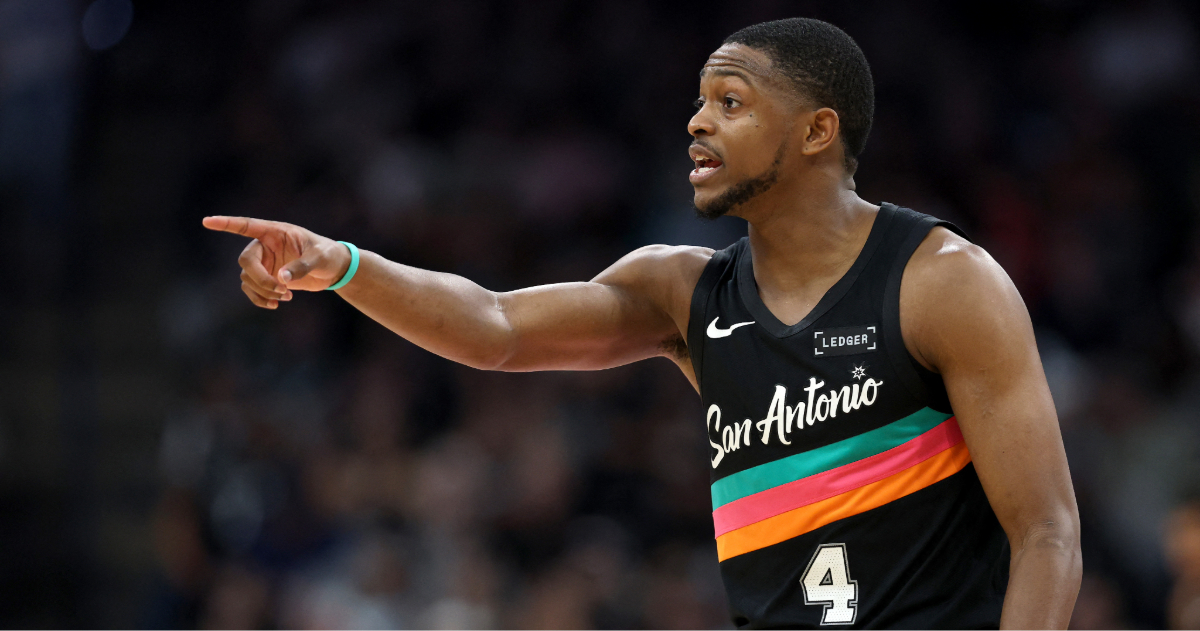
Another day, another PBA star heads overseas.
Jamie Malonzo’s move to Japan’s B.League came as a surprise to many as he was in a comfortable spot with the Barangay Ginebra Gin Kings. Even if he was still recovering from a calf tear, the former DLSU Green Archer was still a regular fixture with the Gin Kings, who went to the finals twice this season.
But the call from the Land of the Rising Sun was too hard to resist.
In Malonzo, Kyoto Hannaryz is getting an athletic two-way wing player who can play multiple positions. That he’s done whatever’s been asked of him is another endearing trait of his, and it certainly helped him become a regular with Gilas Pilipinas.
With Kyoto Hannaryz, Malonzo will gain some learnings while needing to be dependable on a nightly basis. All of these, of course, comes with a longer leash as he will be given time to assimilate himself in B.League basketball.
You can’t blame the 29-year old for making the jump overseas, as this stint could certainly be his biggest from a financial perspective. Kyoto Hannaryz won’t need him to score 30 points per game, but they will count more on his versatility to improve on their 33-27 win-loss record from last season. He likely won’t be the last to make the move to leagues abroad and the brain drain in Philippine basketball could become a bigger issue if not solved immediately.
Money and opportunity are clearly the motivations for players like Malonzo, and so the PBA already knows where the issues lie. However, addressing these issues is another matter altogether.
The financial considerations to keep talent in the PBA largely requires a simple solution, but the competitive balance? That’s easier said than done. Malonzo was in a good place given how he could have competed for championships in each conference, but his individual development had to take a backseat. When he was with the NorthPort Batang Pier, he had free reign, but the environment was not as ideal as compared to the Gin Kings. This isn’t to say that Ginebra didn’t provide Malonzo opportunities to develop his game, but it’s clear that the Filipino-American needed to make some sacrifices.
In Japan, there are 55 teams across three divisions, ensuring Japanese basketball players a ton of opportunities. Not all of them are built to compete for championships, but it’s clear many of them have an environment that’s conducive for learning. In the Philippines, the lack of roster space in the PBA has them losing some capable young players to the Maharlika Pilipinas Basketball League and other smaller leagues.
League expansion is the obvious solution here, but the PBA will need to make the league attractive to prospective franchises. People will tend to blame the teams who win (and lose), but if the league can put their foot down by instilling stricter measures and perhaps providing some leeway for other franchises, then perhaps the teams can come in.
There’s a ton of ways to address the league’s pressing issues and it will take time, especially if schedules need to be adjusted or conferences need to be overhauled. However, that’s a headache the PBA should be ok with, considering that they’re likely to face bigger problems when they lose talent in droves, especially if the league does not adapt to the times.


